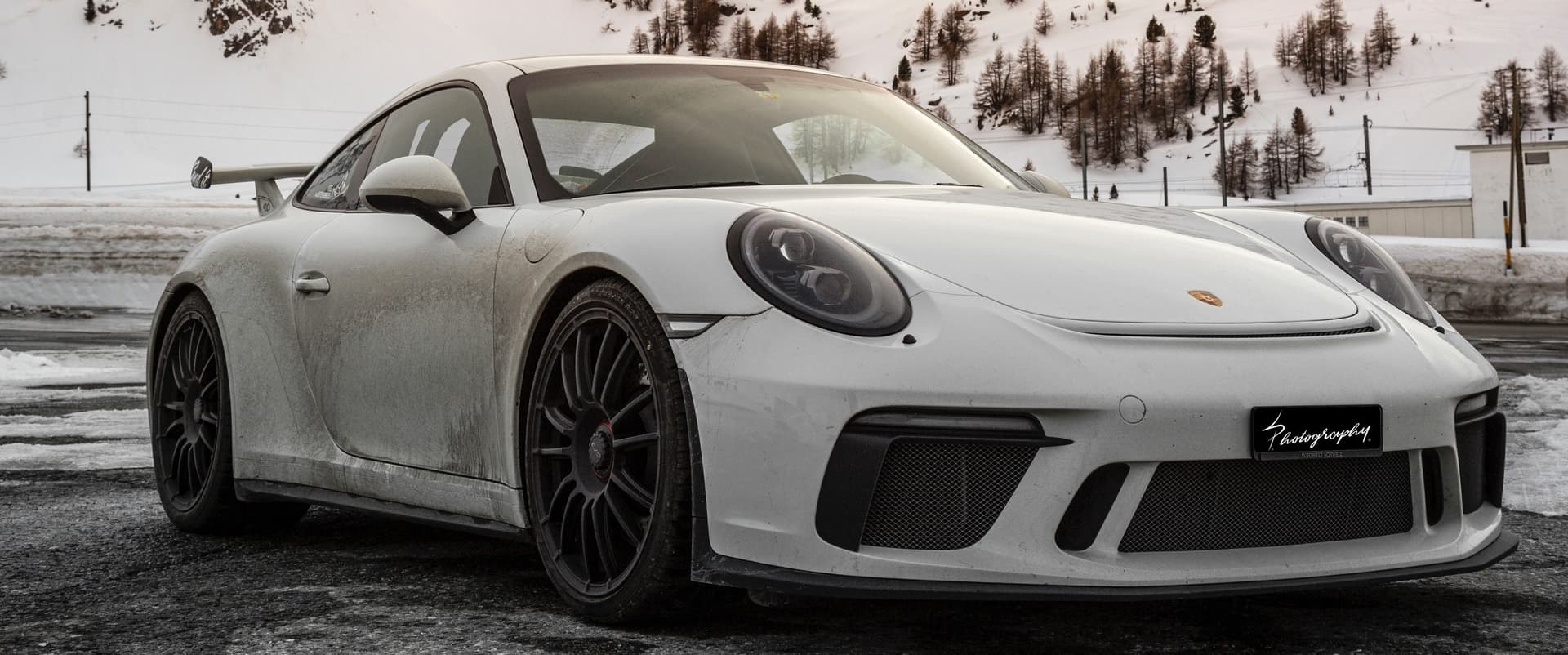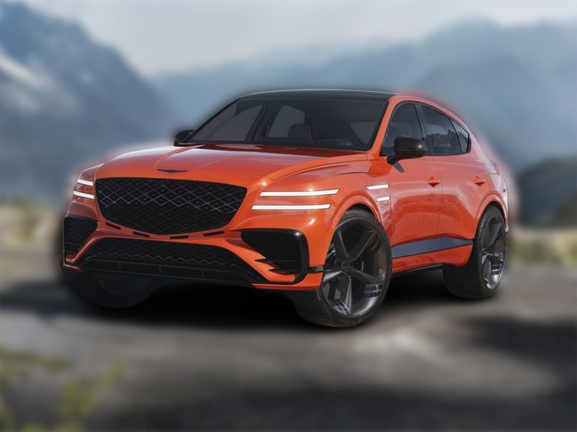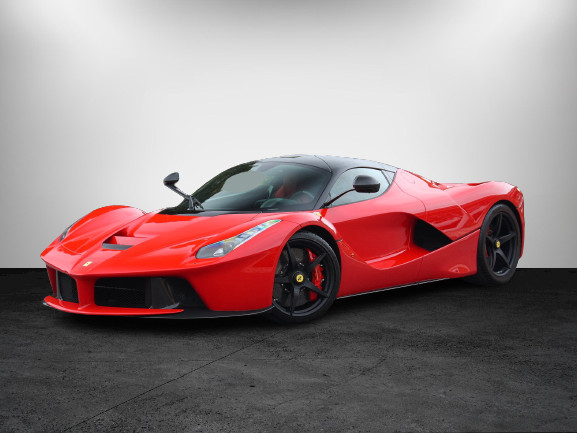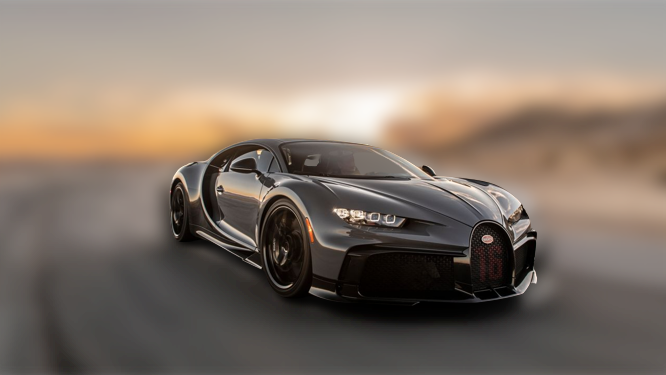If you’re looking to purchase a luxury sports car there are likely a few cars you are considering. While they all have their pros and cons there is a reason why the Porsche is currently on your list, and will likely continue to be on your list until you purchase one. Be sure to read the full guide before deciding if a Porsche 911 is the best option for your next car.
To learn about additional models read our complete buying guide on Porsche vehicles.
History

In September 1964, Porsche AG introduced a more powerful predecessor to the 356, the 911. While both the 356 and the 911 models had similar designs, the latter introduced a new rear-mounted six-cylinder boxer engine.
It would then go on to become the flagship brand and the most iconic sports car in the world.
Despite being marketed and sold as 911s, each generation has its code, which is how they are identified internally or by enthusiasts.
- 911- Produced from 1964 to 1989
- 930- Porsche produced this turbocharged version from 1975 to 1989
- 964- Produced from 1989 to 1994
- 993- The last air-cooled 911, which was produced from 1995 to 1998
- 996- The first water-cooled 911 with an all-new look was in production from 1999 to 2004
- 997- Produced from 2005 to 2012
- 991- Produced from 2012 to 2019
- 992- Has been in production since 2019
Exterior
When eyeing a 911 it isn’t difficult to come to the conclusion that this vehicle has unmistakable hips. Collectors and spectators all admire the automobile for it’s iconic design.
The Porsche 911 has been around since 1963. It has evolved through many generations, but the basic shape hasn’t changed. As you review the changes that have occurred in each generation they are all pretty minor to the overall design of the vehicle.
- The first generation had a flat nose
- The second generation had a rounded nose.
- The third generation had a sloping nose
- The fourth generation had a sloped nose.
- The fifth generation had a slanted nose
- The sixth generation had a slanted front end.
- The seventh generation had a slanted hood
- The eighth generation had a slanted roof.
- The ninth generation had a slanted windshield
- The tenth generation had a slanted dashboard.
- The eleventh generation had a slanted dash
- The twelfth generation had a slanted center console.
- The thirteenth generation had a slanted steering wheel
- The fourteenth generation had a slant back seat.
- The fifteenth generation had a slanting trunk lid
- The sixteenth generation had a slating
This legendary shape has been the backbone of the 911 design. While modern technology has been added on over the years to improve various aspects of the car, the model has remained true to its roots. Continuing to be among the most regarded sports cars.
Interior
Porsche has been making cars for the longest time, and though they take pride in their engineering, they also regard themselves as a design company. Through the generations, they have perfected the interiors, and currently, their cars have some of the best interiors in the world.
They use premium materials such as wood and carbon fiber on the dash. There is also leather on the steering wheel, door panels, armrests, grab handles, and the storage compartment lid. The roof lining and pillars are trimmed with soft fabric.
Everything is very high quality, including knobs and buttons that feel and look very luxurious. As with most modern cars, there are more screens than ever before.
The dials are digital now, and they show a menagerie of data, including navigation trips, engine readings,g-meters, et cetera. Most of the infotainment and car settings are found in a huge central touchscreen that has a high resolution.
The seats come with a range of colors and stitching to choose from. The front seats are comfortable for long trips, but those at the back lack legroom.
Unless you carry your kids at the back, there is no way to sit properly back there. The good news is that they can be folded down to create space for a luggage compartment.
Engine types
A flat-six engine in three sizes powers the 911; the 3.4 liter, the 3.8 liter, and the 4.0 liter. Due to the many different variations of the 911, engine numbers vary because of configurations.
The 3.4-liter flat-six found on the Carrera has a maximum horsepower of 350 at 7400 rpm. It has a maximum torque of 287-pound feet.
The 3.8-liter version powers most of the 911s, with the least powerful one churning out 400 horsepower. The Turbo S has the monster with 560 max horsepower at 6500 rpm.
The biggest engine goes on the track beast that is the GT3 RS. It puts outs 500 max horsepower at 8250 rpm. The maximum torque on this colossus checks out at 338-pound feet of torque at 6250 rpm
Driving the 911
The driving experience on the 911 is unique, thanks to its engine position. The older models are challenging to drive, but the newer ones are pure pleasure. As you would expect from a sports car, tremendous power is in the throttle.
You never lose the feeling that it is a really quick car. Not mind-blowingly quick, but it will eat up corners and slingshot you out of them.
Overtaking is also a breeze if you know your way around the lower gears because it can also turn into a straight line monster in the right hands.
911 purists will swear on the sound of the old air-cooled engine. The new models are great, but they can’t compare soundwise, especially the base Carerra. The only model that comes close is the GTS, but it still doesn’t hold a candle to the old air-cooled flat-six howl.
How does it compare to a Ferrari?
One of the car brands that mostly gets compared to the Porshe is the Ferrari. Many people like to argue that a Ferrari is better to look at and is more befitting of the luxury sports car tag.
However, pitting the two against each other, the Porsche is more practical and your everyday sports car.
If you bought a Ferrari, the chances are that you wouldn’t get to drive it that much. You would also be paying a hefty price for a car you rarely get to drive because it is also costly.
Maintaining a Ferrari will also cost you an arm and a leg because it is mainly a status car. There is no practicality, and it’s not an errand car but more of a trophy car. The Porsche is fun to drive, low maintenance, and perfect as a daily driver.
If you are looking to buy a 911, there are a lot of factors to consider. You might be looking for a low-maintenance daily driver that takes off like a rocket once you put your foot down. Or perhaps you are an enthusiast just looking for collectibles.
The Porsche 911 has been known to hold its value for a longer time because it is a desirable and unique car.
Buying a used Porsche 911
Used cars carry a host of complications with them, and 911 is not an exception. The earliest models had air-cooled engines and did not have the advantages of modern technology that have made things such as steering much better.
However, for collectors and enthusiasts, the old technology makes these cars so desirable.
Until 1998, the Porsche 911 had air-cooled engines, and when they switched to water-cooled, it felt as if they were abandoning something that was in its identity. The Porsche engineers had done something unusual with the engine and made it into something special.
The engine at the back of the rear-wheel-drive meant that the car had considerable oversteer, which was a thrill but very dangerous. Some people enjoy this kind of bare-knuckle driving and being exposed to the elements.
The main things that you should consider when buying a used 911 are whether you will need to restore it and the amount it will cost you.
If it is a newer model, it may not cost you a kidney to fix and maintain. However, it would be best if you were on the lookout for issues such as oil leaks and more complex ones like IMS(intermediate shaft).
Trim levels on the Porsche 911
There are plenty of trim levels when it comes to the 911. Configuration is an essential aspect of choosing a car because it allows you to pick one based on personal preferences and, more importantly, what you plan on using it for. The key to identifying a trim level is knowing what the names mean.
Cabriolet is the German word for a convertible, so you know that the top goes down whenever it is used to name a trim. S stands for sport, and it definitely has more power, and its features are geared towards performance. 4 is used to indicate that a trim level offers an all-wheel-drive feature.
The Carrera
The base model of the 911 is called the Carrera. This model will cost you the least money, but it is also the least powerful. It has a hardtop, and it is a two-wheel drive.
The Carrera has variations, including the Carrera S, the Carrera Cabriolet, the Carrera 4, the Carrera 4 GTS, the Carrera GTS Cabriolet, and the Carrera 5 GTS. Standard Features include;
- 7-speed manual transmission.
- 3.4-liter flat-six that churns out 350 horsepower.
- 19-inch alloy wheels.
- Dual-zone climate control.
- Rain-sensing wipers.
- Porsche Communication Management with navigation.
- 9-speaker stereo system that outputs 235 Watts.
- Partial leather power seats.
- Bi-Xenon automatic headlights.
The S models have a 3.8-liter flat-six that puts out 400 horsepower. They also feature bigger brakes and a tuned suspension.
As for the four-wheel-drive models, the rear axle is wider and features Porsche’s Traction Management System. The GTS features a 3.8-liter flat-six that puts out 430 horsepower along with active dampers.
The Targa 4
The Targa is another trim level available on the 911. If a hardtop and a cabriolet had a baby, this would be it. It features a retractable glass roof that doesn’t fold away completely like your usual convertible but rather retracts to the rear hatch.
This unique design is easily recognizable and also very pleasing aesthetically. The Targa has similar variations to the Carrera, and all of them feature an all-wheel-drive system.
The Turbo
This trim has so much significance historically. It combines luxury with performance to give you the ultimate driving experience. As the name suggests, Its 520 horsepower turbo 3.8-liter flat-six drives all four wheels and allows it to speed through challenging conditions.
It also has a dual-clutch automatic transmission famously known as Porsche Doppel Kupplungs (PDK).
The Turbo uses Porsche’s torque vectoring plus, which is a system that uses targeted breaking in the inside rear wheel when going through corners.
When this happens, the outer rear wheel has significantly higher torque, providing more support for steering due to the resultant yaw. The result is a very agile vehicle with improved traction that helps with acceleration coming out of bends.
The GT3
Porsche has built its reputation on the race track, where its heritage lies. This trim level is made precisely for that.
It is for the hardcore drivers who do not care about ride quality and want to experience the raw energy, thrill, and rush found on the race track.
The GT3 is not turbocharged, and because of that, the naturally aspirated 4.0-liter flat-six engine that spits 500 horsepower sounds like a proper racecar. The engine is mated to either a six-speed manual or a seven-speed PDK automatic transmission. 0 to 60mph in the latter is achieved faster in just under 3 seconds.
Porsche offers three variations to this car, and they include the standard GT3, GT3 Touring, and the GT3 RS.
The Touring version’s race car looks are a bit watered down, and the rear spoiler, which is very pronounced in the standard model, is electronically operated. RS stands for rennsport, which is German for race sport because this version is even more tuned for the racetrack.
So, which is the best Porsche 911 to buy?
As you may have noticed, there are a ton of options to choose from, and when you are in the market for a 911, there is a chance you could feel overwhelmed. This is a special car for many people, and it embodies the vision of a classic sports car.
Most enthusiasts will never agree on which is the best 911 ever made. All of them are great and unique in their way. What matters most is what are your reasons for buying a 911.
To start with, older models require lots of attention and somebody who understands cars to keep them in mint condition.
The good thing about the vintage ones is that they are highly sought after, and having one running is an excellent investment as the rarest ones will go for up to ten times the price of a new one.
However, you don’t have to buy a classic car that costs hundreds of thousands of dollars and drive them once in a blue moon.
You can check out the 996, which was not popular when it launched because it was the first model to feature a water-cooled engine, and a lot of people did not find the front design appealing. It is unpopularity that makes it affordable, and it requires little to no maintenance.
A base model Carrera is still a fantastic car, and it is super fun to drive. The fuel consumption is also pretty decent compared to the Turbo and the GT3- those are pretty thirsty. Fuel economy, however, is a small price to pay for the sheer driving pleasure that you experience in the 911.
If you grew up watching car racing, I wouldn’t blame you if you went for the Turbo or the GTS. Porsche created road cars out of race cars, and with every iteration, they have strived to make them better.
There is a feeling of exhilaration each time you see a car featured on a racetrack zooming past you on the road. So, if you can afford it, get the 911 Turbo S Cabriolet which gives you that extra power as you cruise around with the top down and the wind in your hair.
Browse some of our additional guides here:








